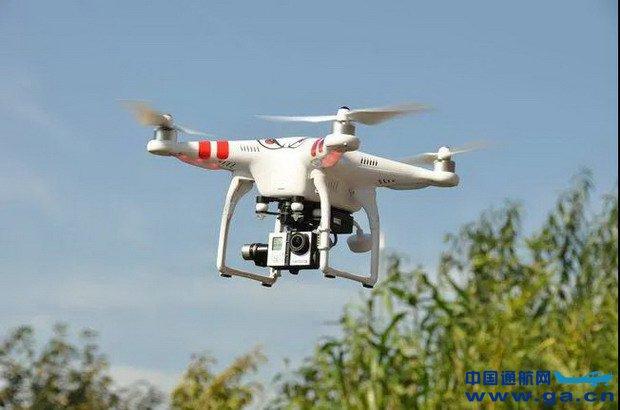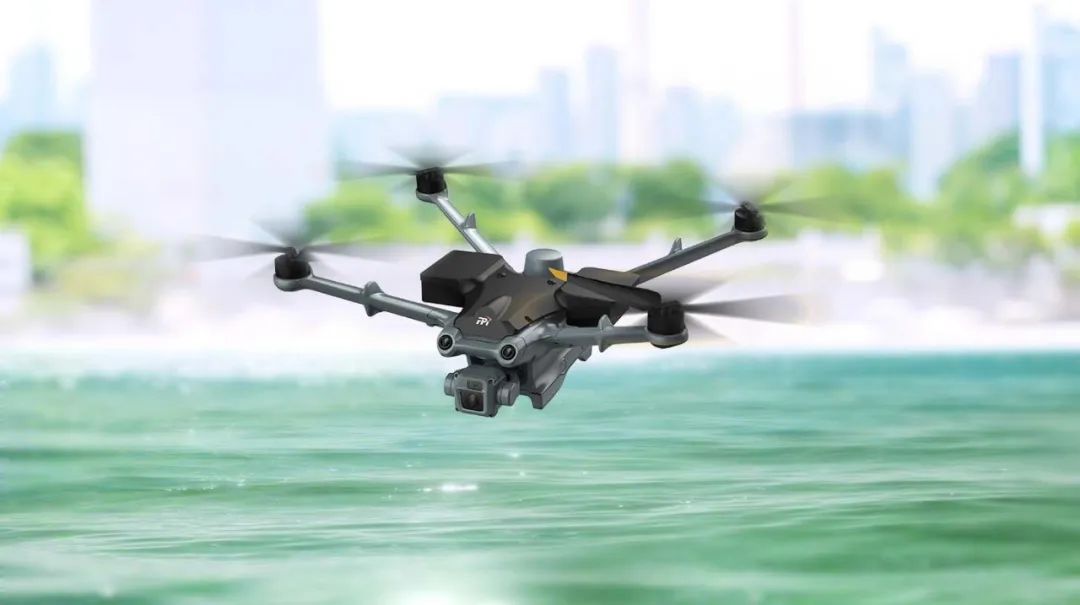The fascinating world of drone insects is a subject of intrigue for many enthusiasts and researchers alike. These automated, insect-like devices, often inspired by nature’s own flying creatures, represent an exciting frontier in technology and science. From their biological inspirations to their diverse applications, drone insects embody a new horizon of innovative possibilities. This article delves into how these small yet powerful creations draw inspiration from the natural world, their potential uses, and the future they might herald for technology.
Biological Inspirations Behind Drone Insects
It’s no surprise that the agile and efficient flight of insects serves as a primary source of inspiration for drone engineers. The flight dynamics of bees, dragonflies, and other winged insects provide a natural blueprint that engineers strive to replicate. By studying the intricacies of insect flight, researchers can create drones that mimic these abilities, enabling unprecedented maneuverability and precision.
Drones fashioned after insects typically have lightweight structures and employ flapping wings that mimic natural wing motion. By utilizing advanced materials and design techniques, these drones achieve the remarkable flight efficiency and stability found in their natural counterparts. Such development is crucial in navigating environments where traditional drones might struggle, such as dense forests or confined urban settings.
Applications of Insect-Inspired Drones
The potential applications for drone insects are vast and varied. These small aerial devices can serve a myriad of purposes, ranging from agricultural monitoring to urban surveillance. Their ability to access tight and intricate spaces makes them ideal for search and rescue missions, as they can locate survivors in environments too hostile or inaccessible for human rescuers.
are vast and varied. These small aerial devices can serve a myriad of purposes, ranging from agricultural monitoring to urban surveillance. Their ability to access tight and intricate spaces makes them ideal for search and rescue missions, as they can locate survivors in environments too hostile or inaccessible for human rescuers.
- Agriculture: Drone insects equipped with sensors can monitor crop health, detect pest infestations, and optimize the application of fertilizers and pesticides, thereby enhancing yield efficiency.
- Environmental Monitoring:
 These drones can gather data on air quality, pollination patterns, and wildlife behavior, contributing to environmental conservation efforts without disturbing the natural habitat.
These drones can gather data on air quality, pollination patterns, and wildlife behavior, contributing to environmental conservation efforts without disturbing the natural habitat. - Military and Surveillance: Insect-like drones can be employed in covert surveillance operations, offering a stealthy method to gather intelligence without detection.
Future Prospects of Drone Insects
The development of drone insect technology is poised to accelerate, driven by ongoing advancements in AI and robotics. Future iterations may feature enhanced autonomy, allowing these drones to operate independently for extended periods. Furthermore, improvements in battery life and miniaturization of components could lead to even smaller and more efficient designs.
Researchers are also exploring swarming technology, where multiple drones work in coordination to achieve complex tasks. Inspired by naturally occurring insect swarms, this capability would significantly extend the operational scope of drone insects, making them an invaluable tool for large-scale applications such as disaster management and environmental surveying.
While the full realization of these innovations remains a work in progress, the trajectory of drone insect development promises unprecedented contributions to various sectors. With each technological leap, these marvels of biomimicry inch closer to blending seamlessly with the natural world, blurring the lines between biological and mechanical.
FAQs About Drone Insects
Q: What makes drone insects different from traditional drones?
A: Drone insects are designed to mimic the flight patterns and efficiency of real insects, allowing for greater maneuverability and agility, especially in confined spaces. This is achieved through advanced flapping wing mechanics which are not commonly found in traditional drones.
Q: Can drone insects be used for commercial purposes?
A: Yes, their unique abilities make them suitable for a range of commercial applications, including precision agriculture, environmental monitoring, and even logistics within urban environments.
Q: Are there ethical concerns associated with drone insects?
A: As with many areas of emerging technology, ethical considerations exist, particularly regarding privacy in surveillance roles and the potential impact on wildlife. Regulation and responsible usage are crucial in addressing these concerns. As drone insect technology continues to advance, engagement with ethical layers remains essential.